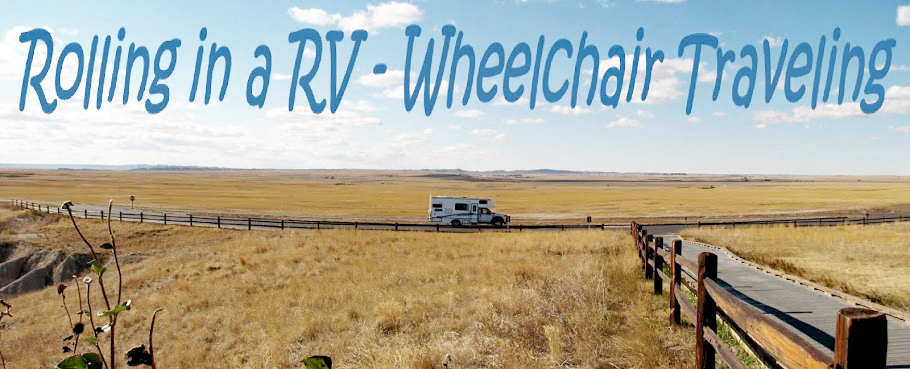
In the 1830s Bulow Plantation, with 300 slaves tending the sugar, cotton, rice and indigo fields, was the most prosperous plantation in eastern Florida. The Second Seminole War put an end to it all, leaving the plantation in ruins.
Located on the site are the ruins of the sugar mill, a partial foundation of the house, interpretive signs, an outdoor interpretive center and trails.
The paths around the ruins of the mill are paved and accessible but the short ramp up from the mill parking lot is steep and crumbling. The short trail through the woods which goes from the first parking lot to the mill parking lot is hard packed dirt with a layer of pine needles and is fairly easy to push along. The interpretive signs have push button activated descriptive recordings of everything included on the signs.The restrooms aren’t accessible but they did post a sign on the building touting the state parks commitment to providing accessible facilities!


The road to the mill ruins is a 1/2 mile long, narrow unpaved lane, with short, narrow pullouts to allow oncoming traffic to pass. I don’t recommend taking a motorhome down it although we did. The parking areas are large enough for RVs. There’s a small lot at the entrance to the lane so parking there and walking in is an option.
Park
29.40651, -81.12334





























































